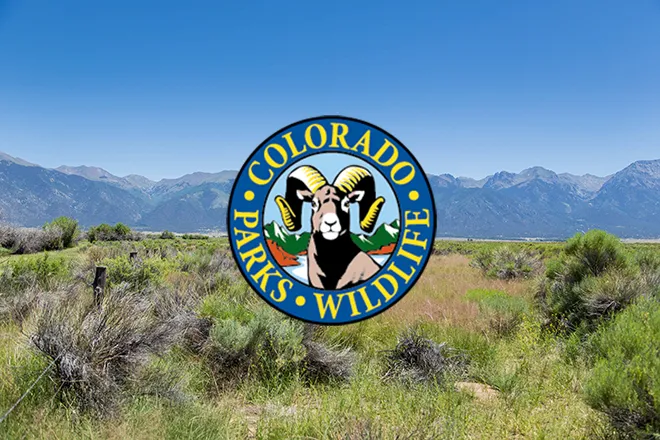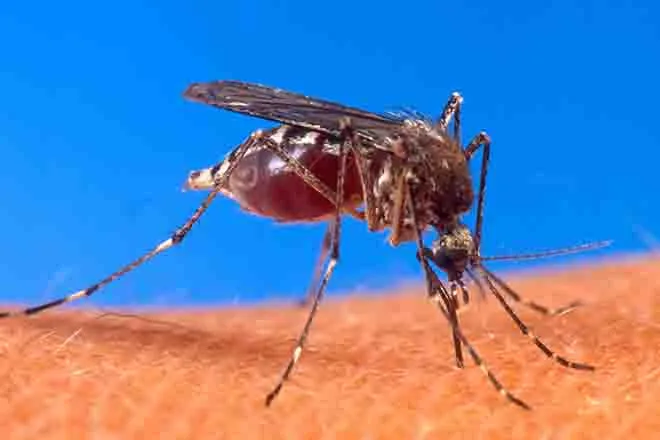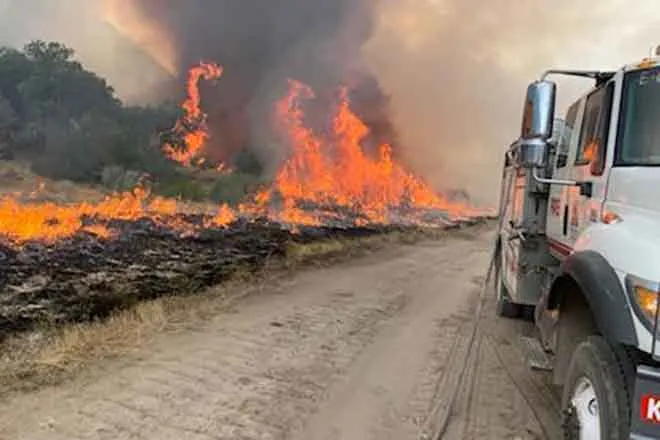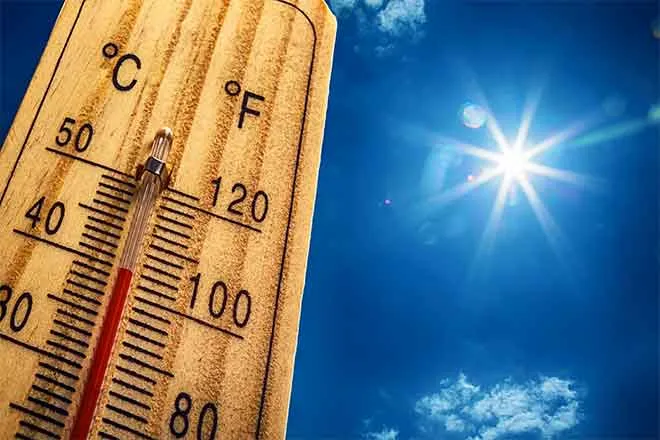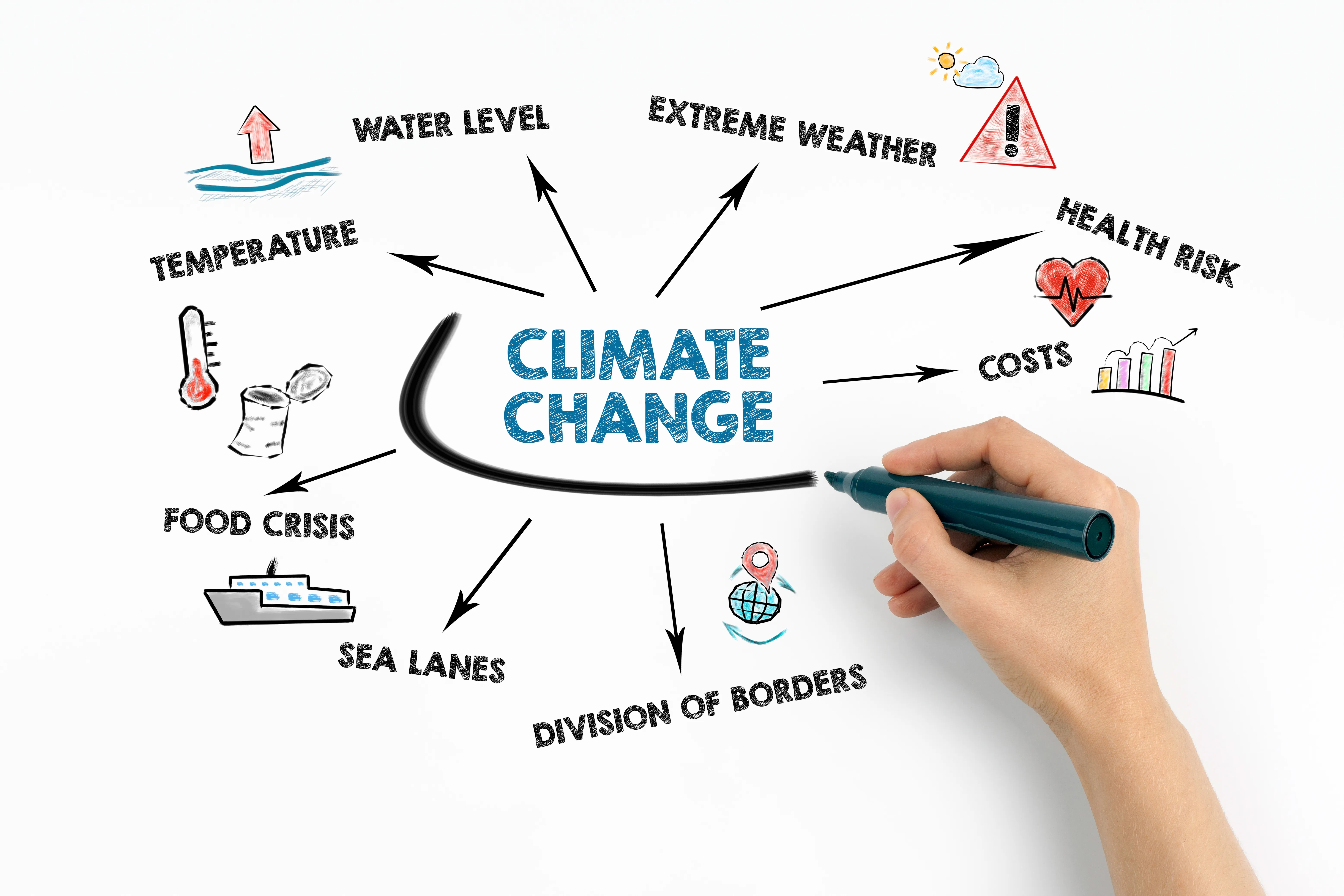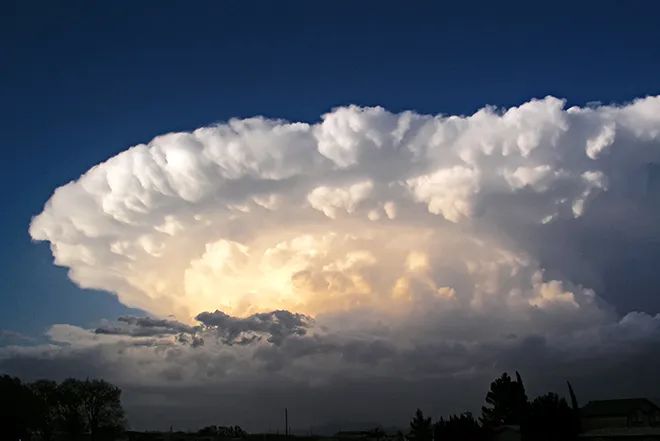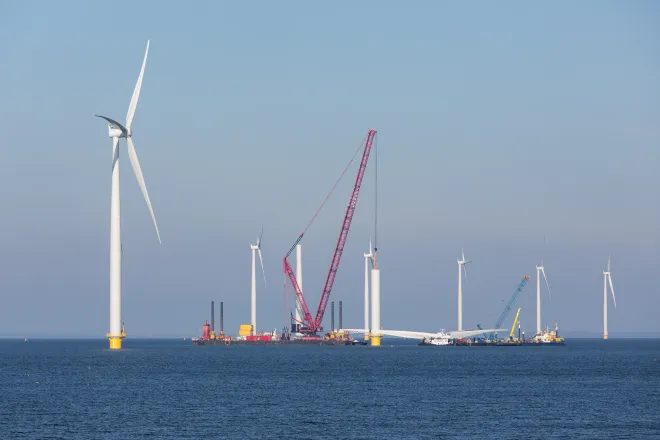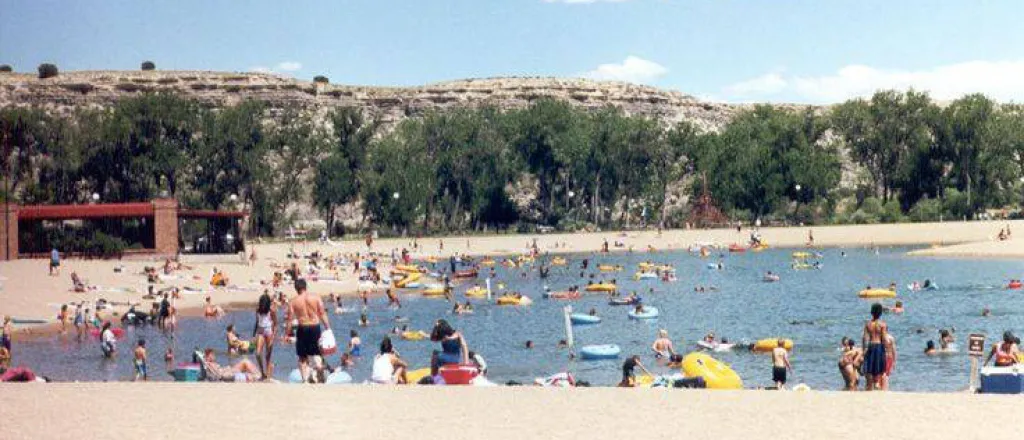
CPW, National Weather Service partner to warn Lake Pueblo guests of storms
Colorado Parks and Wildlife and the National Weather Service have teamed up to create a system to allow guests at Lake Pueblo State Park to easily check forecasts and learn of possibly severe incoming weather.
New warning signs posted at each boat ramp, both marinas and at the busiest beaches and shorelines at Lake Pueblo display QR codes that will take smartphone users to the NWS website where they can find a graphic that rates the chances of high winds each day. As headlines in recent years have proven, high winds can quickly turn a day of boating fun into a tragedy.
“We’re very excited to be able to offer this new service and we are grateful to the National Weather Service for developing this warning system specifically for Lake Pueblo,” said Joe Stadterman, CPW’s park manager at Lake Pueblo.
“Weather can change quickly in Colorado, turning a bluebird sky day into a severe thunderstorm seemingly in minutes. This new system will make it easier than ever to know whether it’s safe to get out on the water.”
The alert system will advise Lake Pueblo guests of the current wind risk, rating the chances of wind gusts exceeding 30 miles per hour on a sliding scale from “Very Unlikely” to “Unlikely” to “Possible” to “Likely” to “Very Likely.”
“This tool provides the public access to important information about the weather before they head out and will help them make good decisions about going out and staying out on the water,” said Klint Skelly, NWS Warning Coordination Meteorologist in Pueblo. “This partnership is designed to get more information about severe weather into the hands of the public to enhance public safety.”
Stadterman’s Lake Pueblo team has been trying several new techniques to educate guests about the dangers of water recreation and the need to wear life jackets after a string of seven water-related deaths in 2022.
Severe weather was a factor in four of the deaths. May 29, 2022, a boat capsized in high winds resulting in two drowning deaths. Then, on October 23, 2022, two people died when their kayaks capsized in high winds.
Yet another tragedy was avoided July 11, 2022, when two women on paddleboards, each carrying a dog, were blown 250 feet offshore by strong winds. They were rescued by CPW rangers.
“Sadly, we’ve seen far too often what can happen when severe weather strikes,” Stadterman said. “We believe this new tool from the National Weather Service will save lives with just a click of a QRS code.”
The weather warning system joins a Boating Safety Ambassador program Lake Pueblo launched using volunteers to educate boaters entering the water about the importance of wearing life jackets and other boating safety tips.
Each weekend, at least two volunteers work the lake’s busy boat ramps using a trivia wheel and prizes to push boating safety messages.
Questions target both kids and adults with prizes that include sunglasses, towels, floating key chains and even sunglass holders.
Water safety is not an issue only at Lake Pueblo. Colorado experienced its worst year on water in 2022 with an unofficial tally of 42 water-related fatalities on federal, state, municipal and private waters.
Before going onto the water, CPW advises people to be aware of posted rules and carry basic safety gear.
Tips to enjoy the water responsibly
- Wear your life jacket
- Put a whistle on your jacket so you can call for help
- Be aware of your surroundings — the water gets deep quickly
- Be aware of the weather, high winds and storms can come up fast
- Check your boat and all required boating safety gear
- Avoid boating alone and tell someone where you are going and when you will return
- Boat sober. Alcohol use is the leading contributing factor in recreational boating deaths
- Know that stand-up paddleboards are considered vessels in Colorado and require a life jacket on board at all times.
- Protect yourself from the dangers of cold water immersion and shock. Regardless of your age or experience level, cold water can quickly create a drowning emergency

